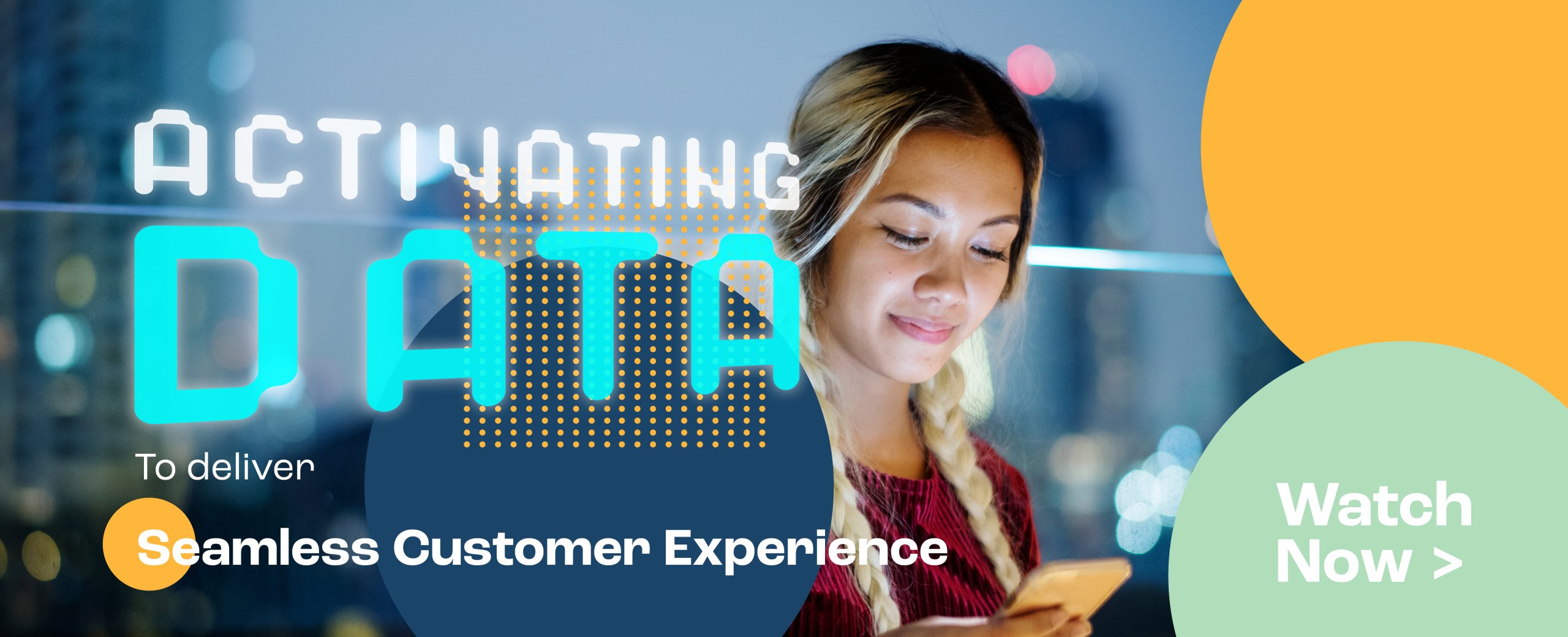Back at the end of November 2021, during a small window of lockdown restrictions easing, CACI held an event in London for clients and prospects. After 20 months of not being able to meet in person, it felt great to be reunited to share insights and experience.
Given the time that has passed, we wanted to make this event memorable for all the right reasons. To do this we organised client speakers from the RAC, Laithwaites Wines and Domino’s Pizza Group. Recognising that many of you want to hear from your peers rather than us.
“Activating data to deliver seamless customer experiences” was the title of the event we decided on. Granted it’s a mouthful to say, but we felt that the topic of activating data into the customer experience is overlooked. Often falling between the IT, data, and marketing functions. When it comes to delivering a customer experience strategy that connects across all channels and is consistent it requires all these business areas to work together.
In this blog post I want to pick out some of the important client messages from that event. You can watch all the videos here.
Takeaway 1: Need for multi-disciplinary change teams
Ian Ruffle and Jenny Cann spoke about the RAC’s implementation of Adobe Campaign and Snowflake. The project has been a big success for the RAC, delivering new use cases and positive benefits (including a reduction in inbound calls).
To successfully deliver this type of change, Jenny showed how RAC and CACI formed a core decision making team across technical and marketing disciplines. This group provided clear direction for the project and united teams around a single vision for delivery.
Takeaway 2: Don’t forget the creative
Domino’s Pizza Group shared the ingredients of their journey to deliver personalised messages to every customer. Hayley Pryde of Domino’s introduced how this transformation has been delivered through good technology, having the right people, developing test & learn processes, and then selecting solid agency partners.
An added ingredient was the need for new creative assets that can be personalised in every channel. This required new imagery, a variety of copy options, and strong integration between creativity and technology. Assets needed to work in multiple channels and be relevant to the recipient. For example, if a customer always orders vegetarian options, it’s less effective to use “mighty meaty” imagery in the campaign.
As Domino’s Pizza Group have discovered, having the best technology and processes will only get you so far if the creative assets are all the same. For this reason, they are working with CACI’s creative studio to produce a wide range of personalisable assets for performance and direct channels.
Watch Domino’s Pizza Group talk about creative asset personalisation.
Takeaway 3: Get closer to the customer
Through lockdown Laithwaites Wines saw a change in their customer profile. Whilst their loyal base of wine buyers continued to purchase, new customer groups came to the brand looking for great wine that could be delivered to their home.
With a growing base of customers, Laithwaites Wines worked with CACI to understand the UK market for wine buyers. Using Laithwaites’ data, CACI’s demographics and lifestyle data, and market research we created a market segmentation that could be applied to Laithwaites’ business strategy.
Personas and market plans were built from the segmentation, enabling the business to understand the differences in customer buying habits and needs. For each segment, core value propositions were drawn out and applied to communications. Importantly for Laithwaites Wines, the segments provided a way to calculate addressable headroom for each segment to set very specific targets for growth.
To listen to James and Sophie talk-through Laithwaites Wines’ approach to segmentation, click here.










